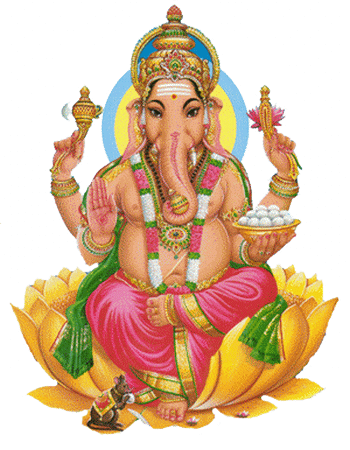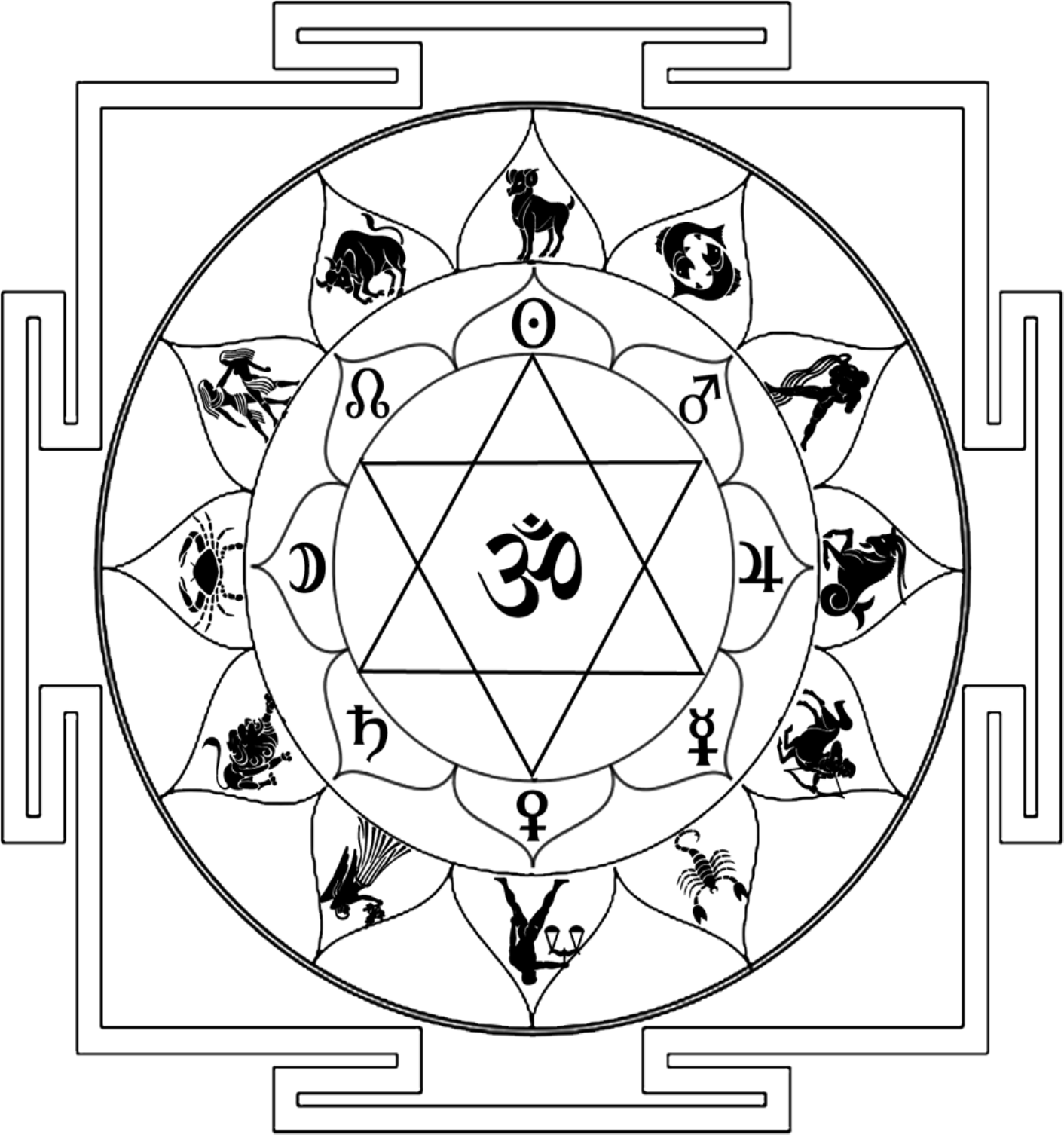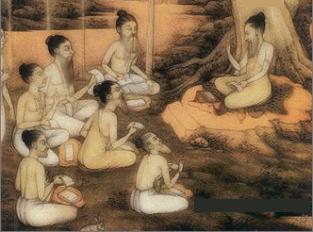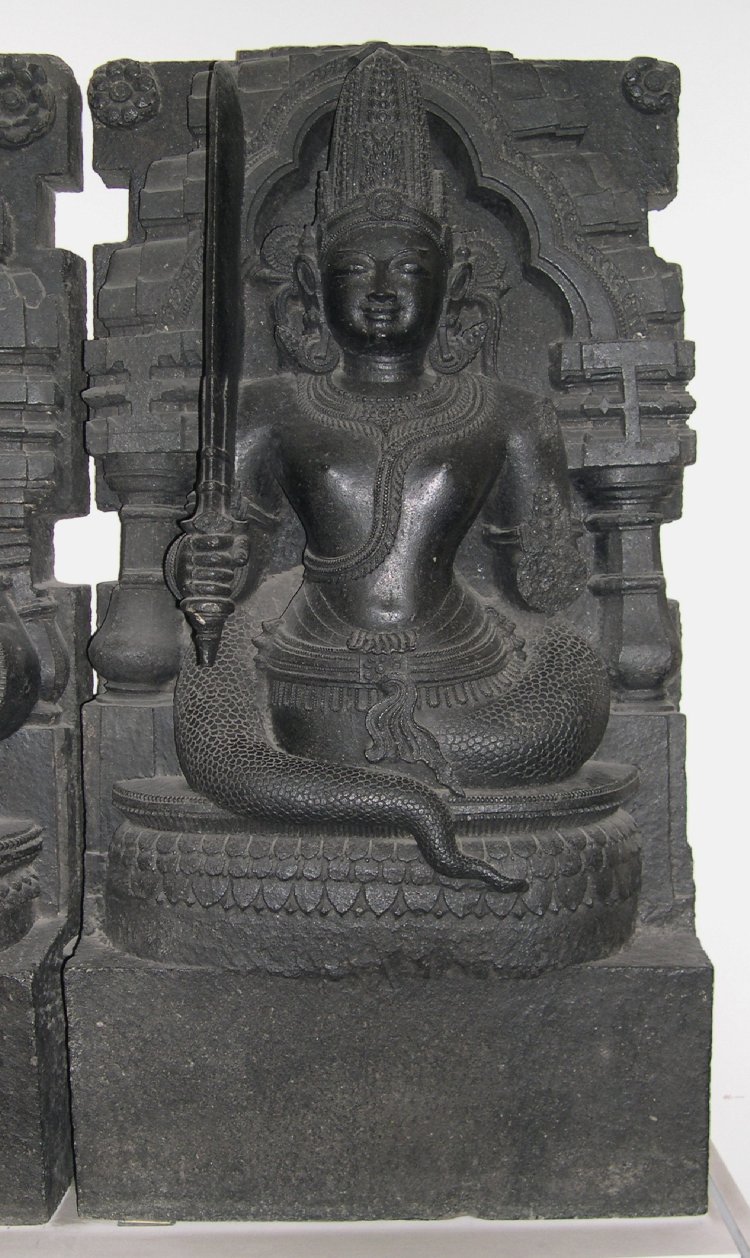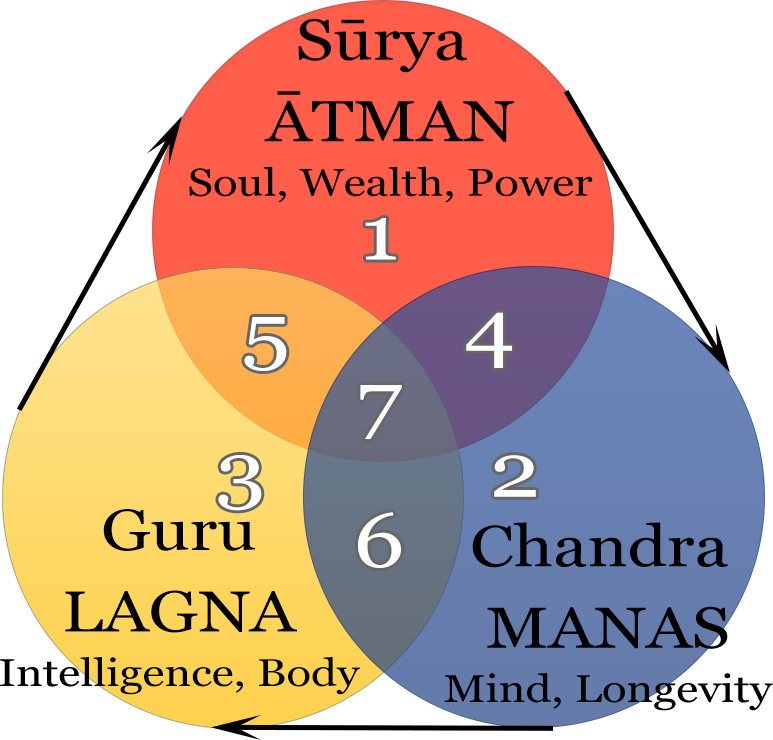1.04 Additional Information
Ṛṣi Pañcamī
The fifth tithi (lunar day) in the bright half of the month of Bhādrapada (Sun in Leo) is called ṛṣi pañcamī. Any ṛṣi can be worshipped on this day. The ṛṣi are the pitṛs (forefathers or progenitors) of the lineage of all creatures and during the kṛṣṇa pakṣa of the month of Bhādrapada the pitṛs are worshipped.
Pañcamī (T5), daśamī (T10) and pūrṇimā (T15) are the pūrṇa tithi which are ruled by vāyu (air – Saturn) tattva.

